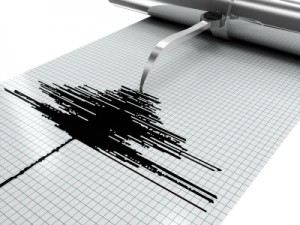A tsunami warning was issued and then canceled today for Indonesia, India, Sri Lanka and the Maldives after an 8.7-magnitude earthquake struck in the Indian Ocean, little more than a year after concerns arose about U.S. vulnerability to tsunamis in places like Hawaii in the wake of the devastating March 2011 earthquake in Japan, according to the Insurance Information Institute (I.I.I.).
The National Oceanic and Atmospheric Administration’s (NOAA) Pacific Tsunami Warning Center cited specific coastal communities in those four nations, all of which border the Indian Ocean, after NOAA determined the quake’s epicenter appeared to have been off the west coast of the Indonesian island of Sumatra.
“Four of the five costliest earthquakes in the past three decades have occurred in the past two-plus years,” said Dr. Robert Hartwig, president of the I.I.I. and an economist. “The Japanese earthquake and tsunami from last year remains the costliest disaster of this type in recent history, having generated more than $35 billion in insured losses. But New Zealand had earthquakes in September 2010 and February 2011, which together generated $18 billion in insurance claims payouts, while the February 2010 earthquake in Chile caused $8 billion in insured losses.”
The earthquake that struck Northridge, California, in January 1994 is second only to March 2011’s Japan quake on the list of costliest quakes dating back to 1980, having caused $15.3 billion in insured losses at the time it occurred, a dollar amount equal to $22.5 billion in 2010 dollars. The greatest loss of life due to earthquakes occurred in Haiti in January 2010 and in Indonesia, Sri Lanka, Thailand and other Indian Ocean coastal nations in December 2004, with fatalities in excess of 200,000 people in both instances.
“The U.S. has expanded significantly its ability to detect and respond to tsunamis since December 2004,” Dr. Hartwig stated. “The National Oceanic and Atmospheric Administration and the National Weather Service have in the past seven-plus years made great strides in protecting and preparing Americans for the possibility of tsunamis striking the U.S.”
NOAA, for instance, increased to 39 the number of tsunami detection stations the federal government has installed as part of its worldwide Tsunami Warning System. Moreover, the number of U.S. municipalities NOAA recognizes through the National Weather Service’s Tsunami Ready program has grown to include dozens of communities in multiple states as well as U.S. territories.













